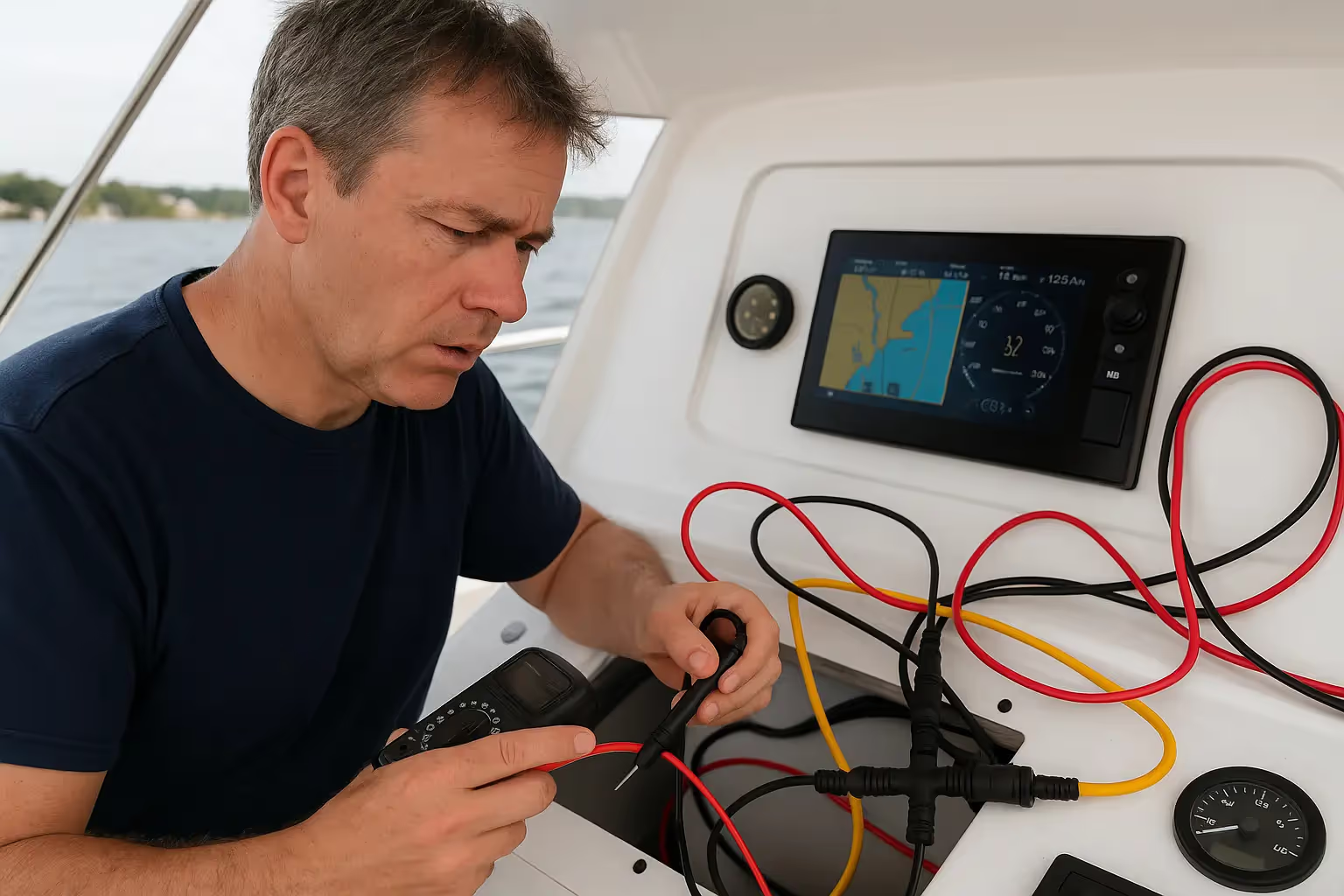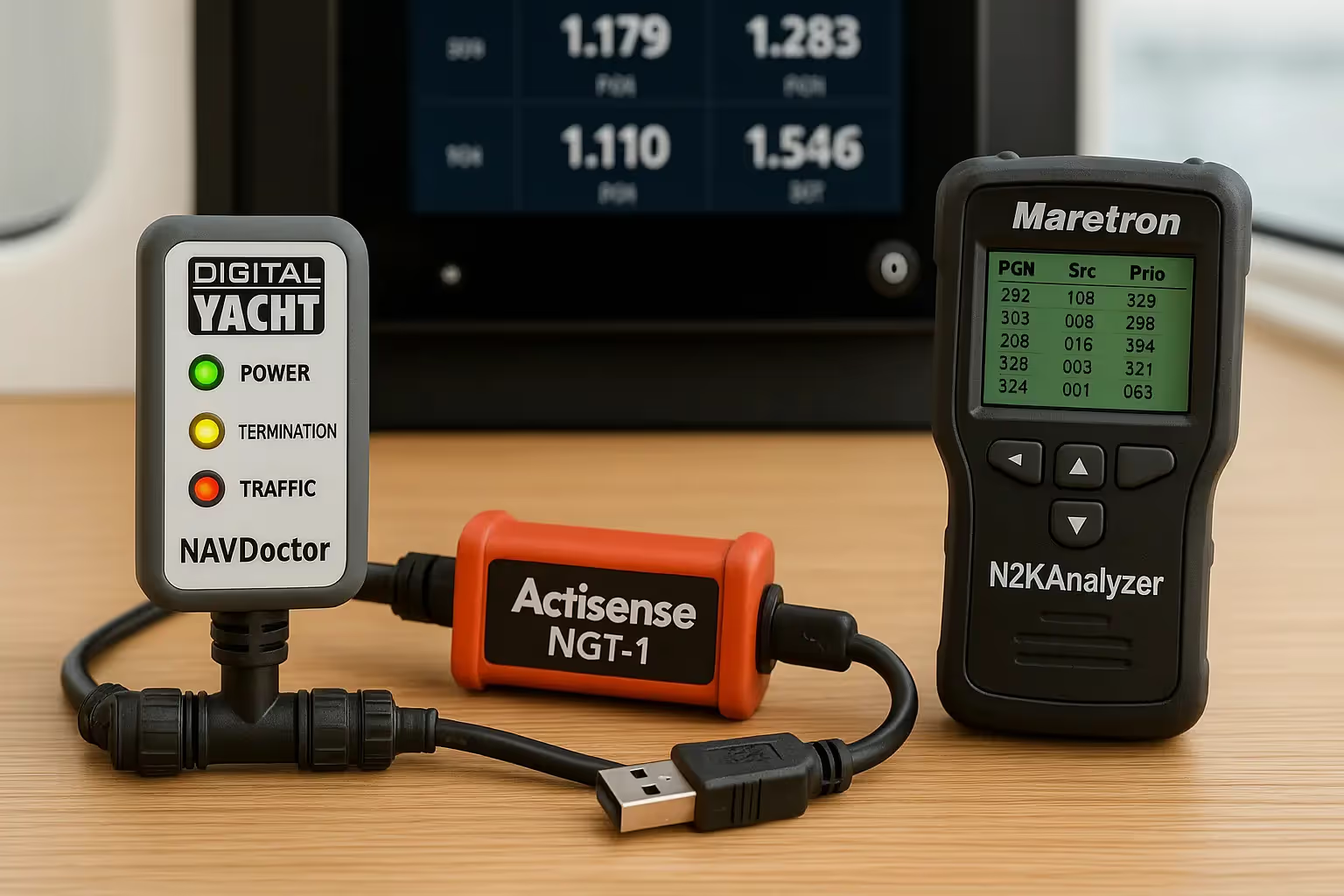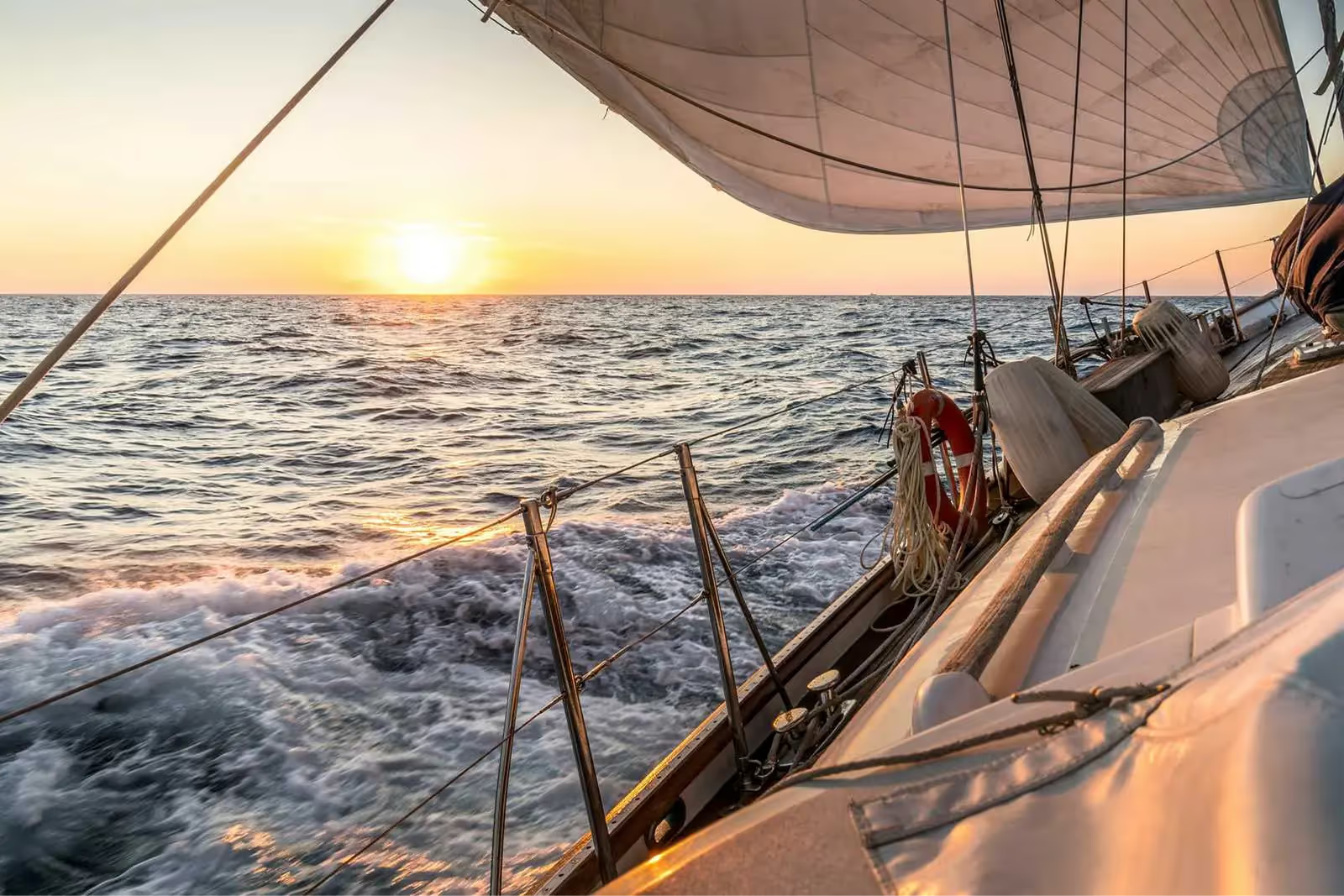Demystifying RYA Courses – A Comprehensive Guide

1. Setting Sail: The Start Yachting Course
Embarking on the vast expanse of the ocean begins with a single sail, and there's no better introduction than the RYA's Start Yachting course. This two-day venture serves as your initiation into the world of sailing, a brief but immersive dip into the ocean of yachting knowledge. Designed specifically for beginners, no prior experience is required, just a hunger for adventure and learning.
From the moment you step aboard, the course aims to familiarize you with the yacht itself — a complex, self-contained floating haven that becomes your transport and home at sea. You'll get to understand the basics of yacht handling and safety, essential ropework, and become acquainted with the sea's ever-changing environment. It's about more than the technical aspects; it's about soaking in the seafaring lifestyle, from the thrill of the waves to the camaraderie among the crew.
The course also introduces participants to the concept of eco-friendly sailing, promoting respect for the marine ecosystem and emphasizing the role sailors play in preserving the ocean's natural beauty. It's not merely about steering through the waves but also understanding the impact you have on the blue world beneath and around you.
By the end of the Start Yachting course, you'll have not only learned the fundamental skills but also experienced the life of a sailor. This initiation might be brief, but it's enough to ignite the passion for sailing in many, often serving as the foundation of a lifelong journey on the waves.
2. Competent Crew: Your First Certificate
Your sailing education continues with the Competent Crew course, your first thorough introduction to the yachting industry, after receiving your first taste of the ocean with the Start Yachting course. This 5-day course is where your practical journey truly begins, turning enthusiastic beginners into confident, skilled crew members, fully capable of actively participating in all aspects of life on board a yacht.
Unlike the introductory course, the 5 day Competent Crew takes you deeper into the practicalities of sailing. Participants immerse themselves in the fundamentals: steering the yacht, adjusting the sails, and keeping a sharp lookout. Beyond handling the boat, you learn about emergency procedures, which are a crucial aspect of ensuring safety at sea.
Sailing involves more than just operating a vessel, though. It revolves around teamwork, adaptability, and understanding. You'll get a chance to experience the special camaraderie that develops between sailors over these five days as you work together to steer the ship to its destination and share responsibilities. You'll learn not only to tie knots but also to coexist in a confined space, managing the daily routines of cooking, cleaning, and even sleeping aboard.
Additionally, the Competent Crew course instills an eco-conscious perspective in budding sailors. Here, you start to comprehend the fragile balance of the marine ecosystem and your responsibility to preserve it. Efficient use of resources, minimizing waste, and adhering to marine regulations form a significant part of your learning.
By the end of this course, you'll hold in your hands not just a certificate, but tangible proof of your competence and commitment to sailing. You'll be equipped with the self-assurance needed to be a contributing crew member, the knowledge required to help with sailing maneuvers and a deep appreciation for the marine environment. It's more than a course; it can be your rite of passage into the world of sailing.
3. Stepping Up the Game: From Theory to Practice
Transitioning from a crew member to a skipper is a significant leap, requiring a deeper understanding of sailing. This journey begins with theory before advancing to hands-on application, a process that the RYA has meticulously structured through its Day Skipper courses.
Day Skipper Theory Course Online
In the digital age, learning has transcended physical boundaries, and the Day Skipper Theory course is no exception. This theoretical section, which is available online, is a thorough educational program created to give you the navigational information and safety procedures necessary to become a responsible skipper. Over the course duration, you dive into the nautical world from the comfort of your home, exploring intricate topics like coastal navigation, pilotage, weather patterns, and maritime regulations.
The emphasis on decision-making in this course is an important component. Every decision matters when you're in charge, and this course equips you to handle that responsibility. You acquire the knowledge necessary to plan and carry out a safe, pleasurable voyage, including the ability to evaluate weather forecasts, read sea charts, and comprehend the implications of tidal changes.
Day Skipper 5-day Practical
Post theory, it's time to put your knowledge into action with the Day Skipper Practical course. This intensive five-day training takes you back to the rolling decks, where you take command under expert supervision. This phase is about application and refinement: you'll implement your theoretical knowledge, make real-time decisions, and master seamanship skills.
From developing boat handling skills, mooring alongside and med mooring the yacht to managing the crew, from plotting a passage to navigating it, you're in the driver's seat, but still under guidance from seasoned instructors. The course hones your leadership skills, as it teaches you to coordinate tasks, ensure the safety of your crew, and handle the yacht efficiently. It's not just about leading, though; it's also about fostering teamwork.
Both the theoretical and practical Day Skipper courses emphasize eco-conscious sailing, underscoring the importance of protecting marine life and habitats. You'll gain knowledge on how to reduce your environmental impact, the effects of pollution, and the positive effects of responsible resource management while traveling.
Passing the Day Skipper courses marks a pivotal point in your nautical journey. You're no longer just following instructions; you're making the decisions, setting the course, and ensuring everyone aboard is working as a coherent, efficient, and eco-conscious team. This milestone is not just about skill acquisition; it's about stepping up, taking responsibility, and leading by example on the waves.
4. Navigating Deeper Waters: Advanced Courses
As your journey progresses, the waters become more challenging, but so do your skills and aspirations. It's time to navigate deeper waters, both literally and metaphorically, with the RYA's advanced courses: Coastal Skipper and Yachtmaster. These certifications represent mastery and a profound commitment to the craft of sailing.
Coastal Skipper and Yachtmaster Theory
Before you can master the sea, you will first need to master the classroom. The Coastal Skipper and Yachtmaster Theory course is an advanced level of study that prepares you for the complexities of coastal and offshore sailing. This rigorous theoretical groundwork is essential for understanding longer passages, night sailing, and handling challenging sea conditions.
The curriculum delves into advanced navigation techniques, detailed meteorology, and a thorough understanding of the Collision Regulations, ensuring that you're not just a sailor but a scholar of the sea. This course instills a deep respect for the ocean's power, teaching you to anticipate, plan, and respond to the sea's ever-changing moods and challenges.
Coastal Skipper Practical
After achieving the necessary experience as a skipper, both distance and night sailing, and passing the theory exam, the Coastal Skipper Practical course tests your capabilities and necessitates not just competence but also knowledge, endurance, and resilience. Over five days, you'll tackle more complex sailing scenarios, take command of the yacht on coastal passages, and make crucial decisions that affect the safety and success of your voyage.
This advanced training hones your leadership qualities, decision-making skills, and ability to handle a vessel with confidence under various sea and weather conditions. It involves proactive problem-solving, accurate navigation, and flawless seamanship to prepare you for your first steps to ocean sailing.
Yachtmaster Preparation and Exam
The Yachtmaster qualification is the pinnacle of recreational sailing certifications, a testament to your expertise, experience, and dedication. The preparation is intense and thorough, available in 5 or 10-day courses, designed to refine your skills and knowledge to a level of mastery. It's a recapitulation of everything you've learned, with a focus on precision, efficiency, and advanced problem-solving.
The culmination, the Yachtmaster exam, is a challenging 48-hour assessment, where an RYA examiner will test your competence in navigation, safety, and overall vessel management. It's rigorous and demanding, as it should be for the highest standard of recreational sailing certification.
These advanced courses and the Yachtmaster certification are about commanding a yacht with confidence, skill, and a deep understanding of the responsibility it entails. They signify that you're not just a sailor, but a guardian of the sea, with the skills needed to handle whatever the ocean throws your way and committed to preserving its natural majesty.
Conclusion
Embarking on the journey through RYA courses is more than an educational pursuit; it's a life-changing experience that combines passion with skill, leisure with education, and aspirations with discipline. From the tranquil initiation in the Start Yachting course to the adrenaline-fueled mastery demanded by the Yachtmaster exam, each stage represents a pivotal point of personal and professional growth.
These courses do more than teach sailing; they instill a deep respect for the marine environment. They prepare sailors not just to face the elements, but to understand and respect them, fostering a harmonious relationship with the ocean. Whether you're seeking a casual hobby or a committed lifestyle, the RYA's structured courses are gateways to uncharted waters, waiting for you to set sail. Remember, every accomplished Yachtmaster began as a curious novice!
FAQs
Is prior sailing experience required to begin the Start Yachting course?
No, the Start Yachting course is designed for absolute beginners.
Can I skip the Competent Crew course if I have some sailing experience?
While prior experience helps, the Competent Crew course offers valuable training. We advise that you take the course to ensure you have solid foundational skills and that you have an understanding of the RYA way of teaching sailing.
Is the Day Skipper Theory course mandatory before the practical?
No, it isn’t, but understanding the theory greatly aids in mastering the practical aspects of skippering a yacht.
How do I choose between the 5-day and 10-day Yachtmaster preparation?
It depends on your comfort level. If you feel you need more time to refine your skills, the 10-day course will be more beneficial.
Is the Yachtmaster exam challenging?
The exam is thorough and tests your skills comprehensively. However, with the right preparation and dedication, it's highly achievable for dedicated sailors.
















